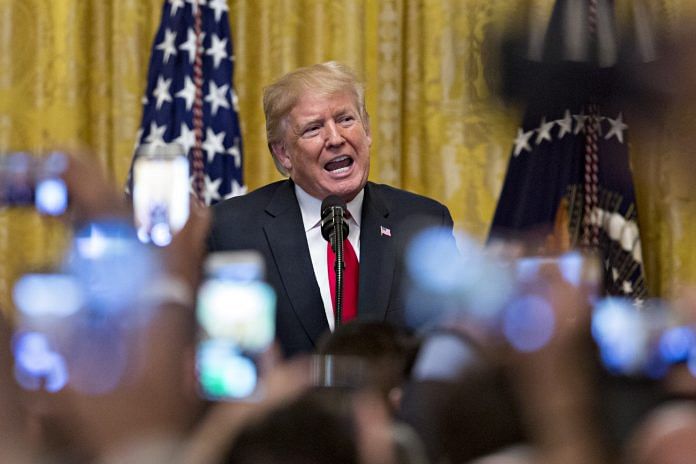Discussions over matters related to North Korea, South China Sea, East China Sea, Taiwan, and Xinjiang can spark a wider conflict between the world’s biggest economies.
Hong Kong: U.S. President Donald Trump is pushing ahead with a plan to implement tariffs on another $200 billion worth of Chinese imports, taking his administration’s trade war with Beijing to the next level.
The worry among geopolitical strategists in Asia is that the spat may spark a wider conflict between the world’s biggest economies. Here are five places to watch:
North Korea
Nuclear talks are reaching a critical stage, with South Korean President Moon Jae-in in Pyongyang this week for talks with Kim Jong Un. The North Korean leader wants a peace declaration before he commits to a timetable for giving up his nuclear weapons.
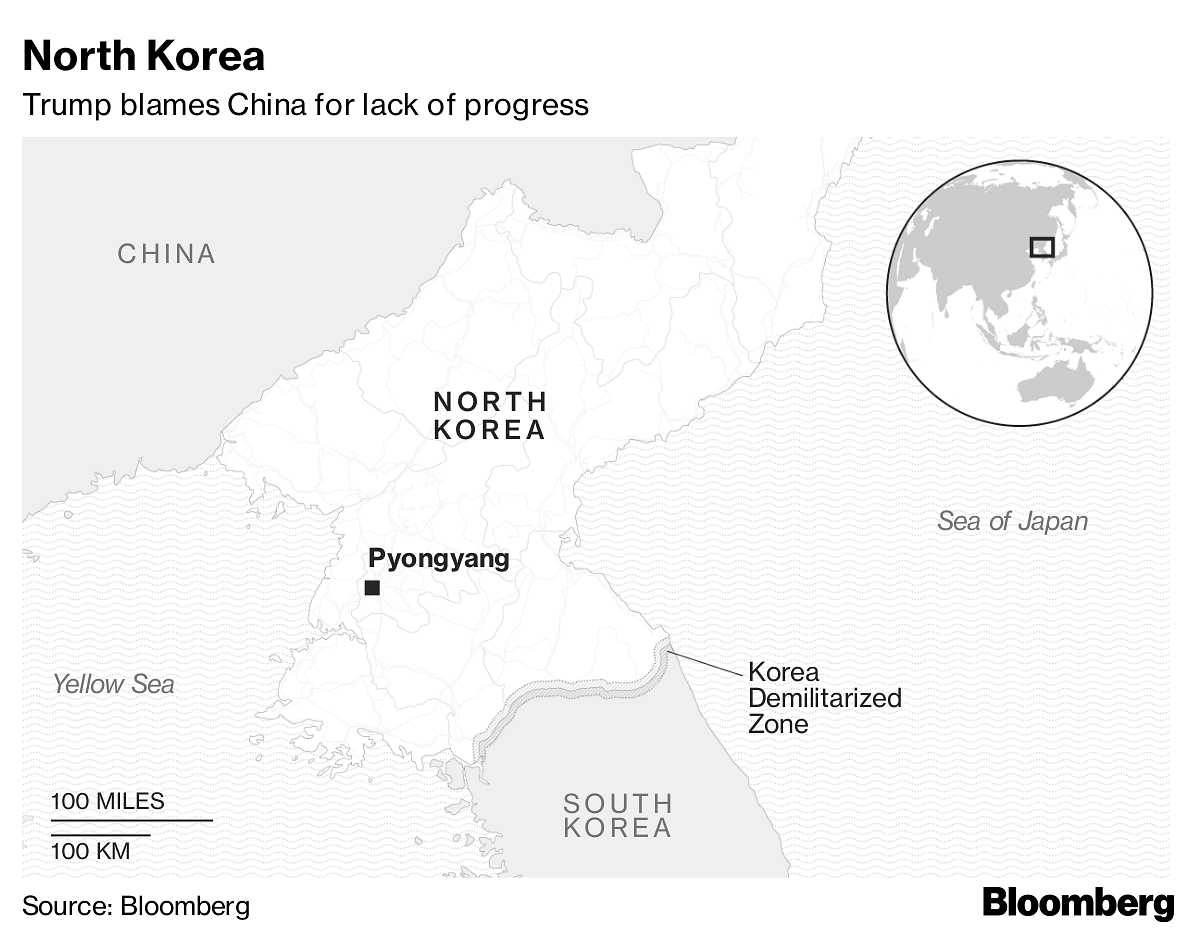
As North Korea’s biggest trading partner, China has the power to undermine United Nations sanctions against Kim’s regime — potentially slowing down any progress. At a meeting of the UN Security Council on Monday, U.S. envoy Nikki Haley mostly attacked Russia for undermining sanctions against North Korea. But Trump himself has repeatedly blamed China over the past two years for helping Kim’s regime, particularly when trade tensions are high.
Also read: In US-China trade war, will India become a dumping ground for Chinese goods or can it benefit?
South China Sea
The South China Sea has been the site of military confrontations in the past. Stretching from Taiwan to Singapore, about half of the world’s merchant tonnage flows through waters that host rich fishing grounds and sit above potentially vast oil and gas reserves. The U.S. uses warships and fighter jets to regularly challenge China’s claims to more than 80 percent of the sea, drawing protests from Beijing and creating the potential for miscalculation.
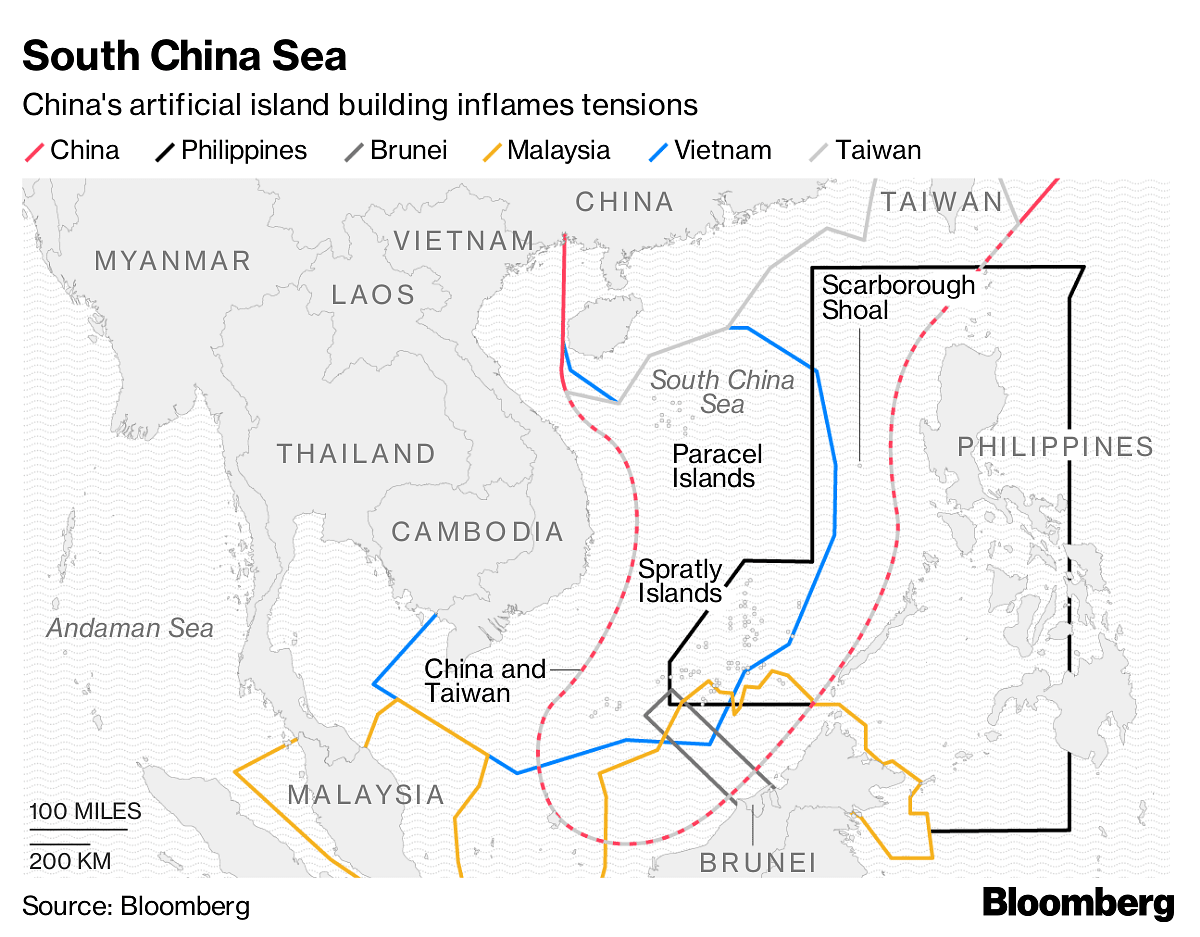
The most recent incident occurred shortly before Trump took office, when a Chinese naval vessel seized a U.S. underwater drone operating off the coast of the Philippines. It was eventually returned. The most serious confrontation came in 2001, when an American spy plane operating in the South China Sea made an emergency landing on Hainan Island after colliding with a Chinese jet. China eventually released the crew after the U.S. expressed regret.
East China Sea
The East China Sea has the potential to be even more dangerous. The U.S. has repeatedly assured Japan that islands also claimed by China are covered by a 1960 security treaty obliging the allies to “act to meet the common danger” if Japanese-administered territories are attacked. Ships and planes from the two Asian neighbors often tail one another around islands known as the Senkaku in Japan and Diaoyu in China.
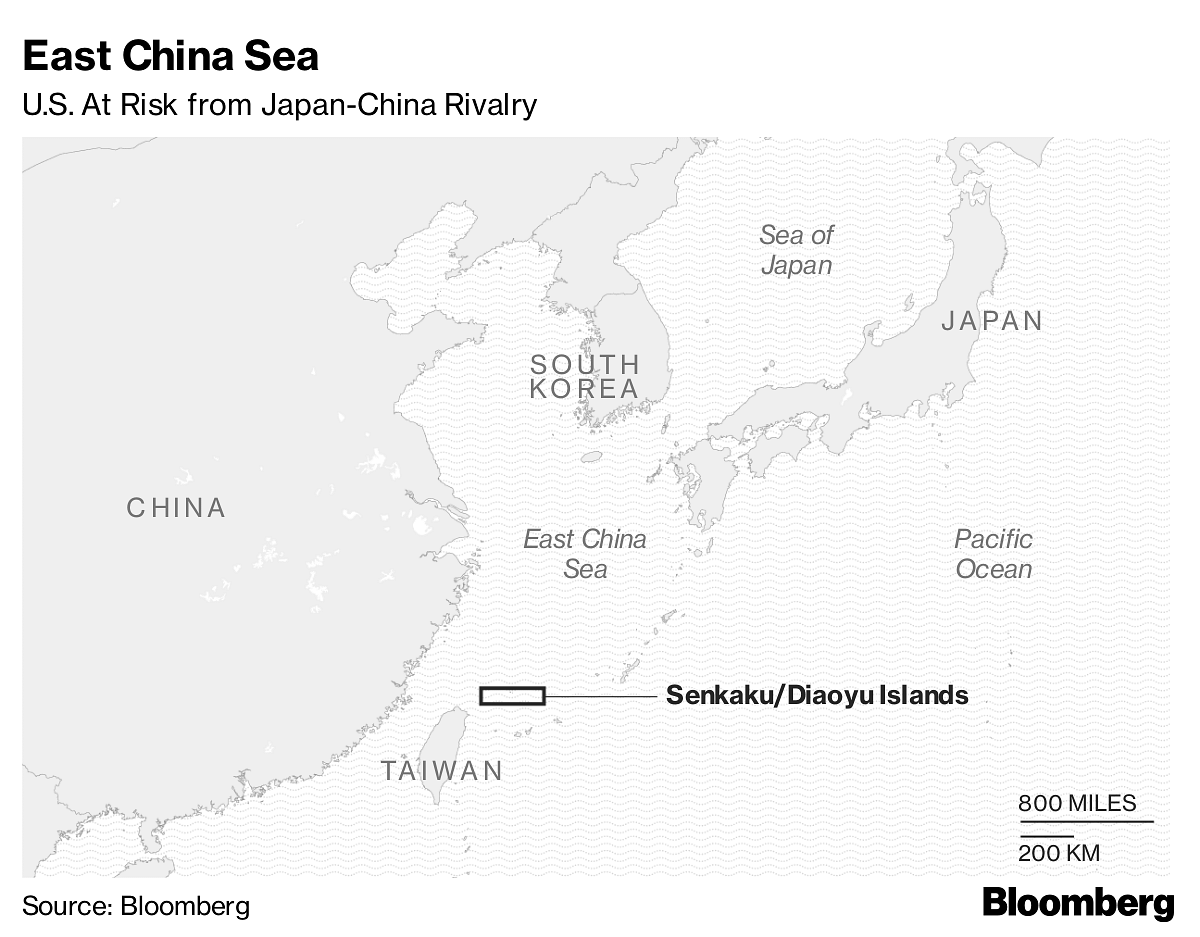
Japan’s Defense Minister Itsunori Onodera said in September that China had been “unilaterally escalating” its military activities in the past year, including carrying out new airborne operations and running a nuclear submarine near the disputed isles.
Taiwan
Taiwan has been a sore point for Beijing since Trump’s election. Before he even took office, the U.S. president tweeted about his protocol-breaking phone conversation with Taiwanese leader Tsai Ing-wen. He subsequently questioned the One-China policy, which has guided U.S.-China ties since the 1970s. China’s foreign ministry responded, saying its One-China policy isn’t negotiable and urged Trump to recognize the “ high sensitivity” with which it views Taiwan.
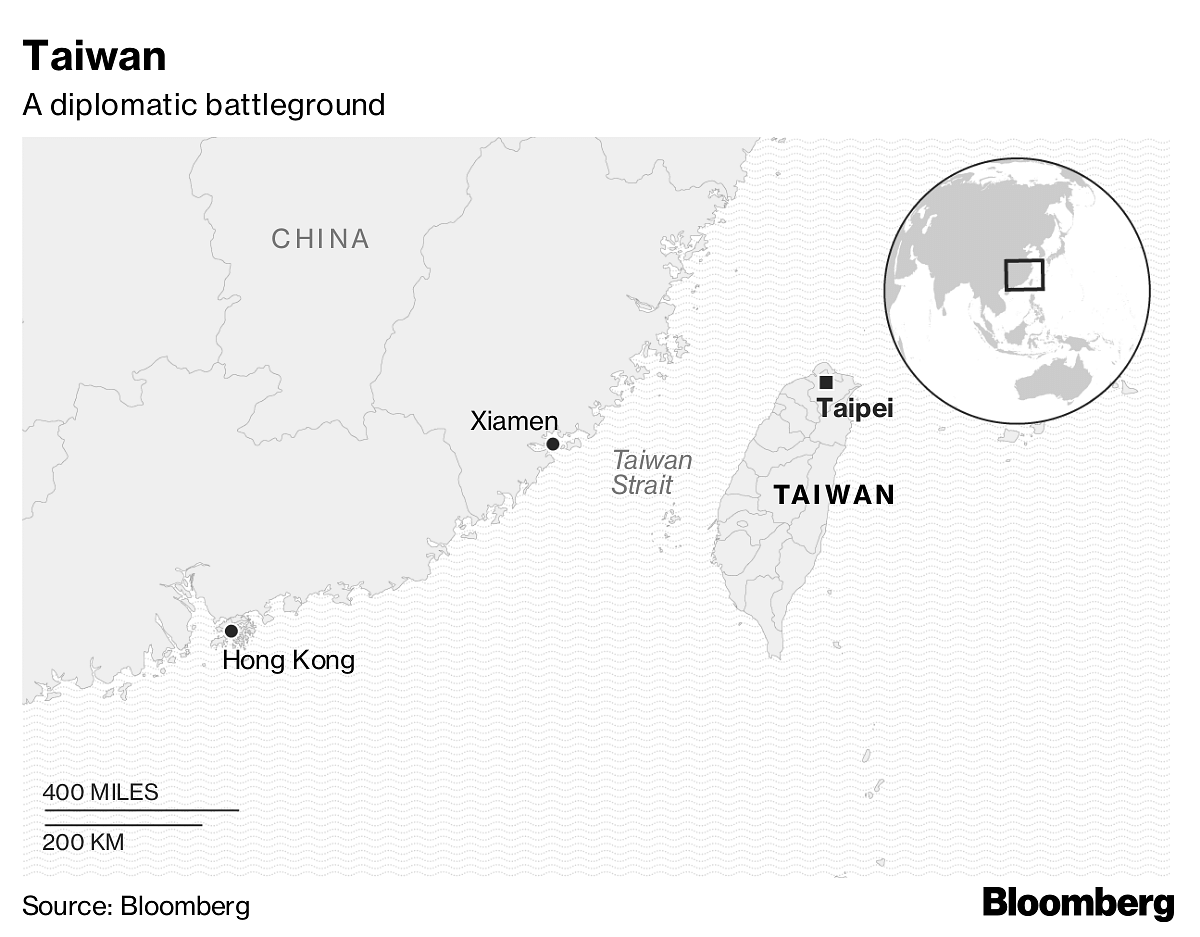
But China’s practice of pushing countries to break diplomatic ties with Taiwan has irked the White House. In August the U.S. threatened to “reevaluate” its relationship with El Salvador after the latter cut diplomatic ties with Taipei, citing the Central American nation’s “receptiveness to China’s apparent interference in the domestic politics of a Western Hemisphere country.” The White House has already described China’s campaign to force businesses to refer to Taiwan as a Chinese territory as “ Orwellian nonsense.”
Xinjiang
As reports emerge that China is forcing as many as 1 million Muslims and others into “re-education” camps in its far western region of Xinjiang, U.S. senators are pushing for sanctions against seven Chinese officials and two surveillance equipment manufacturers. They want to unleash the Global Magnitsky Act of 2016 – which has been employed to punish Russian oligarchs and Turkish officials – to restrict the travel and freeze the assets of top Communist Party officials.
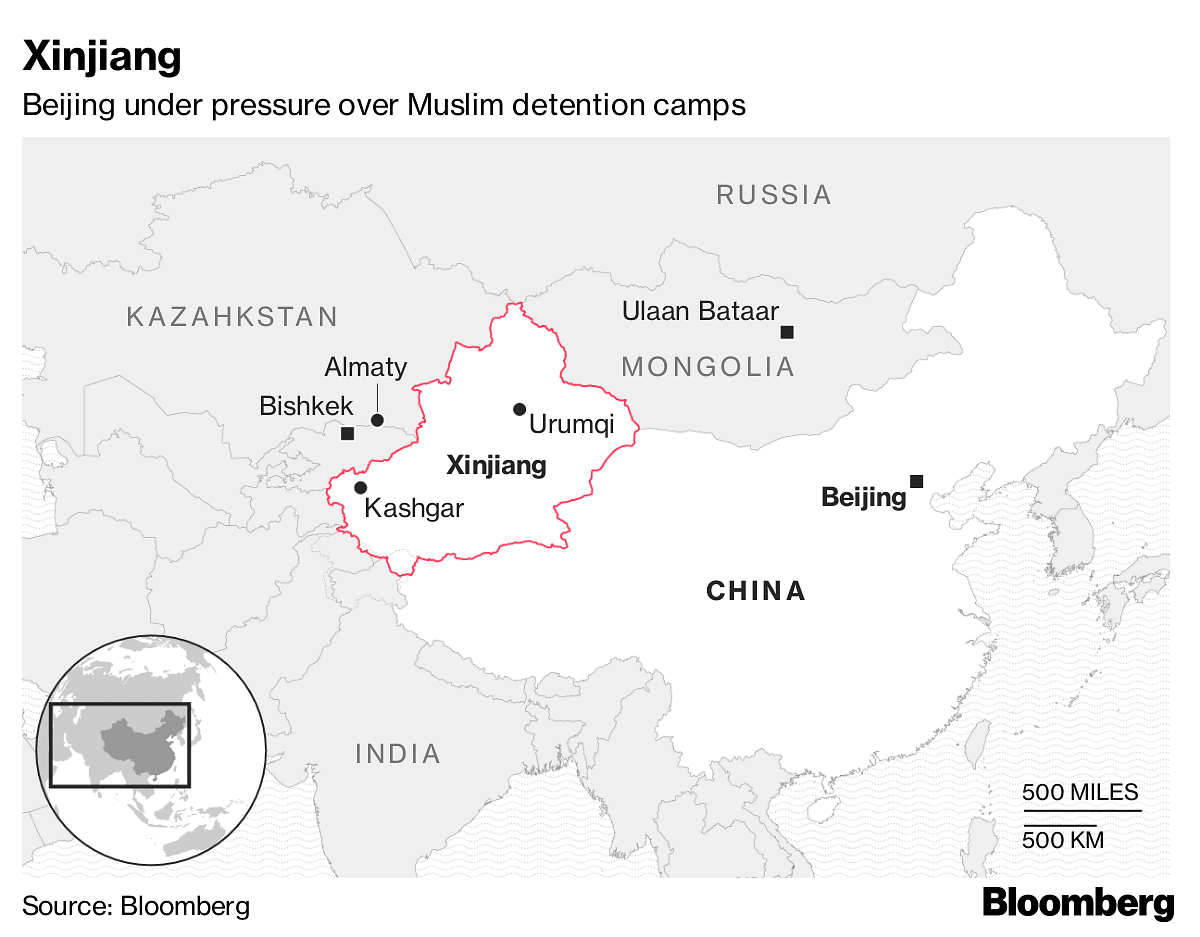
Also read: China builds Gulag-like prisons for Muslims, calls them ‘political re-education centres’
U.S. Secretary of State Michael Pompeo referenced the allegations in a tweet last week taking a swipe at Iran, saying its leaders have been silent as China “has persecuted and detained hundreds of thousands of its Muslim citizens.” China denies the allegations, saying “anti-China forces have made unwarranted charges against China for political purposes.” – Bloomberg


